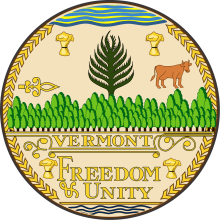Pennsylvania Laws Aim to Expand Broadband
A pair of broadband bills in Pennsylvania (one of which has been signed into law by the governor, and the other having passed one chamber) represent a collective step forward for broadband by updating regulations and establishing a broadband grant program so as to promote network expansion in rural and unserved parts of the state of Pennsylvania.
Fewer Restrictions, More Money
The first is House Bill 2438 [pdf], which allows electric cooperatives to use existing easements for an affiliate to deliver broadband service without re-negotiating with property owners. The bill also allows cable companies to use cooperative-owned poles with permission and in accordance with existing rates and regulations. It’s designed to make it faster, cheaper, and easier to bring Internet access to rural parts of the state.
Johnstown Area Regional Industries entrepreneurial coach Blake Fleegle said of the legislation:
Every county in our region is looking at bringing high-dollar earners to our region. Employers are finding people can be just as effective working in Johnstown as they would be in Washington, D.C., or Pittsburgh. But they need to connect, and that's where broadband comes into play.
Chad Carrick, President and CEO of REA Energy Cooperative, likewise welcomed the legislation while emphasizing the role electric co-ops will play in the state:
It may be hard for some to believe, but there is a good 40% of Indiana and Cambria counties that either don't have broadband Internet access or it's not up to snuff, according to our surveys to our membership.
2438 passed the state House in June, the Senate at the end of October, and was signed into law by the governor at the end of last month.













